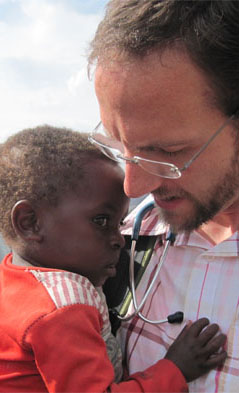Is Remote Editing Too Remote?
Last week I spoke with a few directors who each asked about a growing trend, “How does remote editing work?”
For the record, eighty percent of our editors now work remotely. Our six doc editors are based in LA, Portland, NY, and the Bay Area. We often work with directors who live thousands of miles away.
At stake for these directors is the quality of the director/editor relationship—generally regarded as the most important creative relationship in documentary filmmaking!
If that bond is not strong, then how can the editor understand the director’s vision, much less abet it?
Of course, some directors will always prefer to work in person. But in my experience, many directors who think they need to be in the edit room change their mind once they understand that remote editing can actually enhance a collaboration. (Not to mention greatly increase your chances of landing a talented editor who is available on your timetable.)
First, let’s dispel with technical objections. It’s easy enough for directors to ship us a mirror copy of their drives. And these days, file transfer technology is so simple (and teachable) that it’s a snap to collaborate on cuts electronically, share screens, etc.
But what about establishing a relationship?
We begin with a three-way call—with myself, our editor, and the director—to feel out the fit, and ensure that we all understand the director’s vision.
As the collaboration proceeds, the director can communicate with our editor as often as they want by phone, email, and/or Skype.
Here’s the bottom line: it’s actually easier to focus on editorial issues without the distractions that in-person visits can bring.
When it’s time for major reviews—which happen every couple weeks—we set up a recorded conference call. I send notes in advance to guide our editorial agenda.
We brainstorm ideas free of small talk, snacks, or interruptions. In focused, ninety-minute editorial discussions, we put storytelling principles first. It’s sometimes easier for creative people to leave their egos at the door if they never have to walk through one in the first place!
Finally, recording the conference call ensures that we capture the fruits of our efficient, productive problem-solving.
Occasionally, the director opts for an in-person visit to our editor’s studio, but it’s not necessary.
But don’t take it from me. Director Chris Carpenter, who never sat in our editing room, hired us to cut Born in Goma, which won two Best Documentary awards. He says:
“My experience was nothing less than wonderful. Karen’s editors have stellar editing skills, are patient, and unbelievably dedicated. I am very proud of the film we created. It would not have been possible without my fantastic editing team!”
Email me if you’re interested in learning more about remote editing within our Accelerated Post editing timetable.
